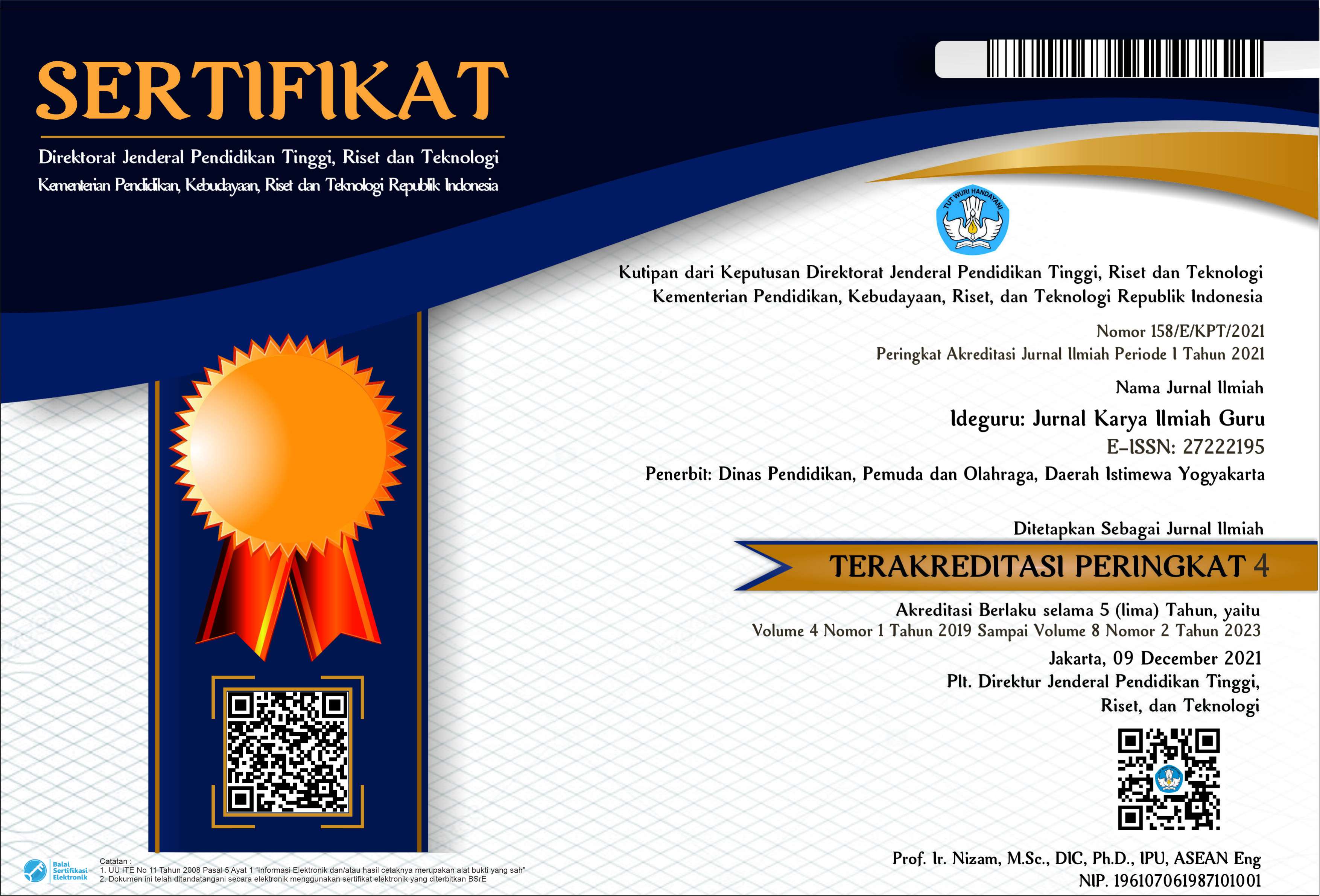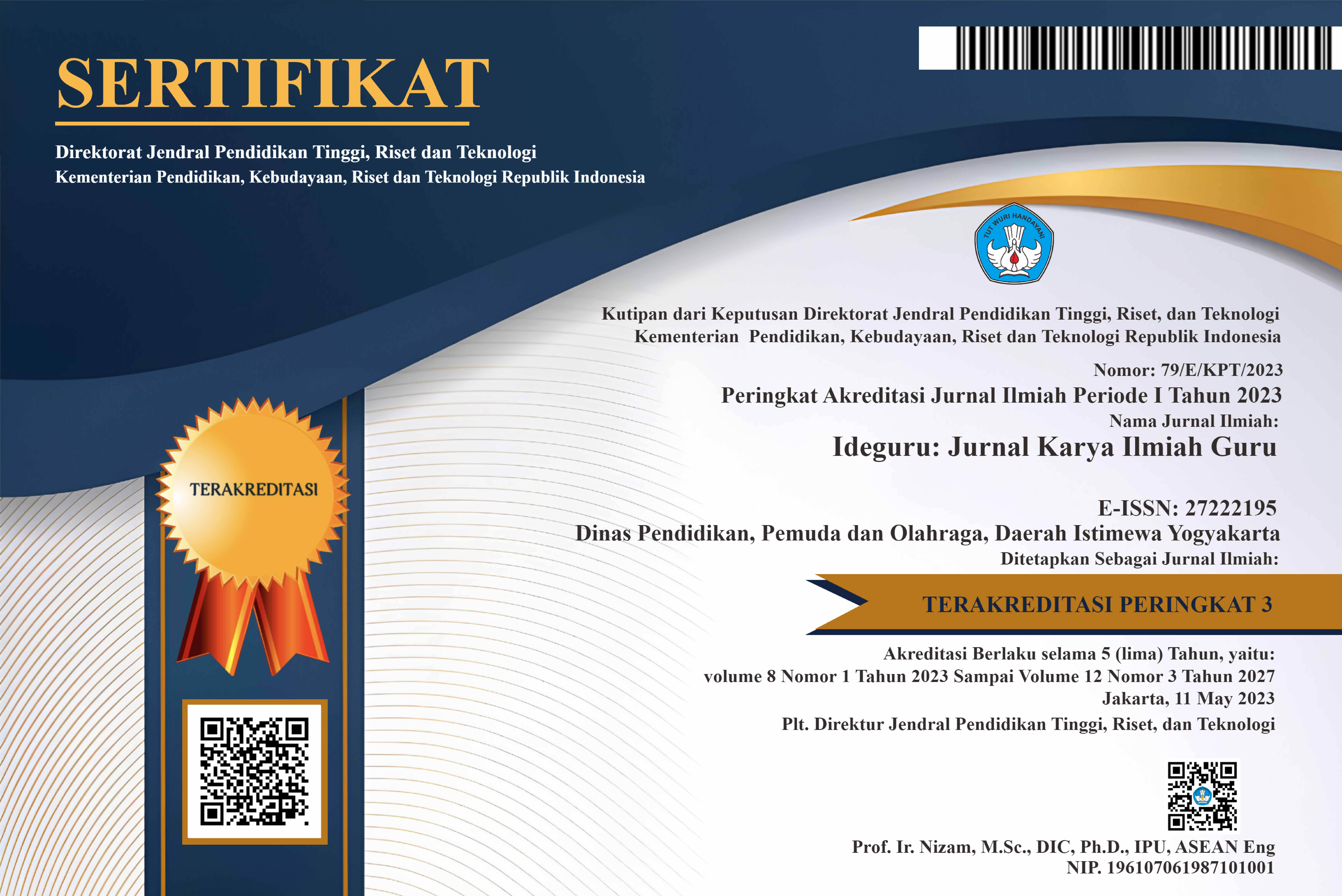HörBox: Inovasi AI untuk Menghidupkan Pembelajaran Hörverstehen yang Adaptif dan Bermakna
Abstract
German listening skills (Hörverstehen) remain a major challenge due to limited authentic media and low student motivation. Students find it difficult to understand native German speakers, recognize words in context, and grasp global meaning in conversations. This article aims to examine the process of creating an AI-based HörBox, its application in immersive learning, and its impact on improving student learning outcomes and character. This research uses a qualitative descriptive approach supported by a literature review, through the stages of planning, implementation, observation, and reflection. HörBox was developed using TTS technology, Audacity, and Thunkable, then implemented through a process of experiencing, exploring, reasoning, creating, and reflecting. The implementation results show an increase in Hörverstehen understanding, communication courage, learning independence, and critical and collaborative character. It is concluded that HörBox is effective in creating adaptive, interactive, and student-centered learning. In the future, HörBox has the potential to be developed with a variety of themes, integrated learning analytics, and long-term use to support fluent oral communication in real-world contexts.
PDF Downloads
Copyright (c) 2025 Fika Ristanti

This work is licensed under a Creative Commons Attribution 4.0 International License.

 DOI:
DOI:













